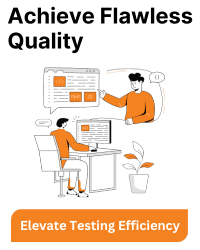The distinction between steps and epochs in machine learning model training is an important one, and understanding the relationship between them can help optimize your training process. Let’s break down the key concepts and address your questions.
1. Epochs vs. Steps
Epoch: An epoch refers to one complete pass through the entire training dataset. If you have 10,000 training samples and you’re running 1 epoch, the model will see all 10,000 samples once.
Steps: Steps typically refer to the number of batches processed during training. Each batch contains a subset of your data, and the model is updated after processing each batch. A step is equivalent to processing one batch of data and updating the model weights based on that batch.
If you set a batch size of 100, and you have 10,000 training samples, it will take 100 steps to complete 1 epoch (i.e., 10,000 / 100 = 100 steps).
2. Running 1000 Steps with 1 Epoch vs. 100 Steps with 10 Epochs
The two scenarios you’ve described—1000 steps with 1 epoch vs. 100 steps with 10 epochs—have different implications for training. Let’s break it down:
Case 1: 1000 Steps with 1 Epoch
If you run 1000 steps in 1 epoch, this means you are processing 1000 batches in a single pass through the data, likely with a smaller batch size. For example, if your dataset contains 10,000 samples, and you’re taking 1000 steps, your batch size will be 10 samples (since 10,000 samples / 1000 steps = 10 samples per batch).
In this case, the model will see every sample only once across all 1000 steps. You’re not repeating the dataset; you’re simply breaking it down into more steps with smaller batch sizes.
Case 2: 100 Steps with 10 Epochs
In this scenario, you run 100 steps in each epoch and repeat this process for 10 epochs. If you have 10,000 samples and 100 steps per epoch, your batch size would be 100 samples (10,000 / 100 steps = 100 samples per batch).
This means that the model will see every sample 10 times over the course of the 10 epochs (because 10 epochs × 100 steps = 1000 steps in total). In each epoch, the model processes a complete pass of the data, which helps the model learn more from repeated exposures to the same data.






